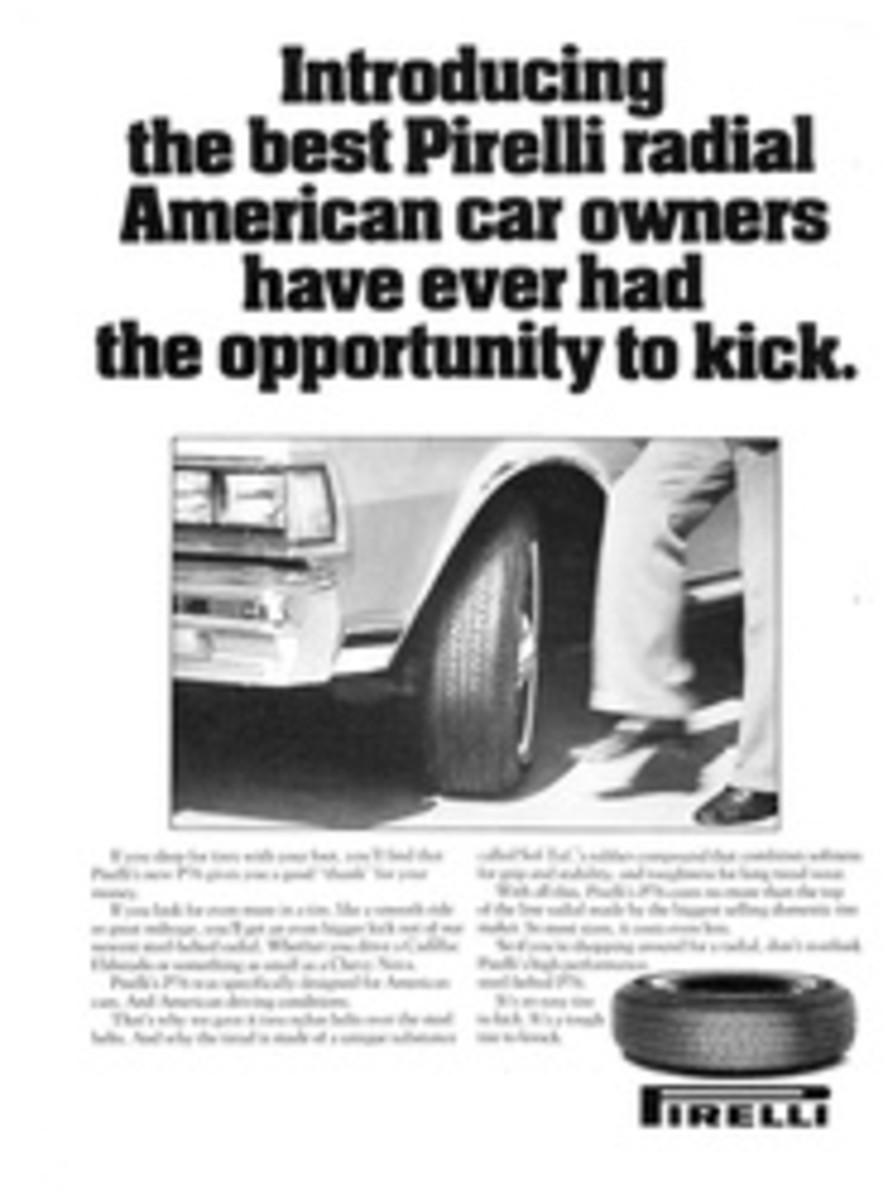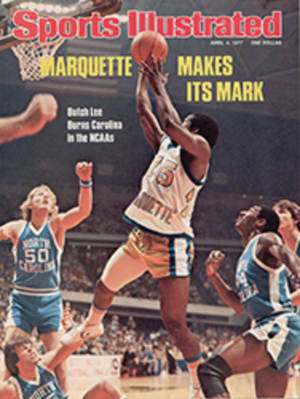
AS THE CARDS' BAT BOY FOR A DAY, AUTHOR GOT A BROKEN BAT AND HEART
On Monday, Aug. 18, 1941, the St. Louis Cardinals were a half game back of the Brooklyn Dodgers in the battle for the National League pennant. The Cardinals, riddled with injuries throughout the season, had split a doubleheader in Pittsburgh the day before and were to open a three-game series in Boston against the Braves on Tuesday. With pennant pressure building, the players would have welcomed a day's rest in Boston after the long trip from Pittsburgh.
However, the Cardinals' train stopped first in Stamford, Conn.; there would be no day of rest. Because a Stamford promoter had come up with a guarantee that met the demands of the Cardinals' penurious owner, Sam Breadon, St. Louis was booked to play an exhibition game with a team of local semipros that Monday night. After all, the players could still get some sleep on the train to Boston later that night. Besides, the first game with the Braves was not scheduled to start until 3 p.m. the next day.
All this may be difficult to comprehend in an era when players use every possible ruse to avoid appearing in the All-Star Game and when the Major League Players Association dictates much of what a ball club can do during the season. One of the things the Cardinals definitely could not get away with now would be scheduling an exhibition on an off day in a town such as Stamford. But back in the '20s, '30s and '40s such games were commonplace. Breadon reasoned that if a promoter could guarantee $1,500 for an exhibition, why that was almost enough to pay a rookie's salary for the whole season. What difference did it make if such games were anathema to both the players and the manager?
Years before Breadon had shown he would brook no rebelliousness over the scheduling of exhibitions. He traded Player-Manager Rogers Hornsby to the Giants after Hornsby had led the Cardinals to their first world championship in 1926. Hornsby's average had dropped from .403 to .317 that season, but that had not figured in the trade. What had was an exhibition game in New Haven, Conn. in September, when the Cardinals were locked in a pennant fight with Cincinnati. Furious when Breadon refused to cancel the exhibition, Hornsby told the owner, "You're more anxious for a few exhibition dollars than a chance to win a championship." Breadon never forgave Hornsby for his uppityness and, in what many regarded as an act of vengeance, traded him that winter.
Disregarding the fans' displeasure over the Hornsby deal, Breadon continued to book exhibition games, and the Cards found themselves playing under makeshift lights on off days (even before major league night ball was introduced in Cincinnati in 1935), then spending the night in Pullman cars en route to a league game the following afternoon. "We were like a carnival, playing in towns we had never heard of," says Terry Moore, the Cardinal captain and centerfielder in those days. "We hardly ever had a day off. But few of the players complained, because most of us had never been with any club other than the Cardinals. To us, it was a way of life." To this day, Moore believes such exhibitions cost the Cardinals the pennant in 1941.
The Cardinals' 1941 visit to Stamford was not their first. As the fabled Gas House Gang, they had played an exhibition there three years before, trouncing a local all-star team 20-4. That game had been halted prematurely when the supply of three dozen experimental yellow baseballs ran out. The Cards had lost about half of the balls by clouting batting-practice home runs. The rest disappeared during the course of play, despite the efforts of retrievers who had been posted at strategic locations to run down foul balls. "We would try to lose as many balls as possible, both during batting practice and in the early innings, so that we'd eventually exhaust the supply and they'd have to call the game," Moore says. "That way we could get some rest at the hotel before heading to the train station."
When I read that the Cardinals were returning to Stamford, I wrote to the club, asking if I could be its bat boy. To my astonishment, I received a reply from a Cardinal vice-president informing me that the job was mine. For weeks I was in ecstasy. On the big day, hundreds of Stamfordites, including the mayor, the Holy Name Church Fife and Drum Corps and me, welcomed the team at the Stamford station. Butch Yatkeman, the Cardinals' clubhouse man, greeted me warmly and told me I could ride to the Roger Smith Hotel with the team. Later I went for a walk with Shortstop Marty Marion, showing him the town, and that evening I had dinner with the players at the hotel. Then I rode to Mitchell Field with Manager Billy Southworth, Coach Mike Gonzales and the Cards' famed brother battery, Mort and Walker Cooper. My friends, who were gathered outside the hotel, looked on enviously as I jumped into the car.
St. Louis' opponents that night were the Stamford Pioneers, a good semipro outfit made up of local talent and a number of ringers from New York City. The Pioneers were probably the equivalent of a Double-A minor league club, and they regularly played against strong barnstorming teams such as the bearded House of David and the old Black Yankees. From the 1938 Cardinal team that had devastated the Stamford all-stars, only Moore, First Baseman Johnny Mize and Outfielders Don Padgett and Enos Slaughter remained on the roster. And because of an injury, Slaughter was not with the Cardinals on this occasion. The new faces included Marion, the Cooper brothers, Leftfielder Johnny Hopp, Third Baseman Jimmy Brown and Second Baseman Frank Crespi.
At the outset, another Cardinal rout appeared likely. Brown opened with a double, but was thrown out trying to stretch it into a triple. Hopp then tripled and scored on a single by Mize. After going down in order in the first, the Pioneers tied the game in the second and scored again in the third to lead 2-1. During the 1938 game, the jittery Stamford team had committed seven errors and were pitiful at bat. The Pioneers were more poised. When Mize struck out in the third with Moore on first, and when Hopp, one of the National League's best hitters, fanned with the bases loaded in the fourth, the crowd of 5,000 went wild.
In the bottom of the fourth, a local hero named Joe Yaeger belted a home run over the left-field fence to make it 3-1. The spectators, many of whom had witnessed the 1938 massacre, were delirious. Was it possible? Could the Pioneers beat the mighty Cardinals? It appeared highly possible when most of the St. Louis regulars left the game in the fifth inning. I felt crushed. My friends would never let me forget it if the Pioneers won. I became even more apprehensive in the seventh inning when the Pioneers scored two more runs to take a 5-1 lead.
Going into the ninth I was near tears. The Cards were my adopted team (I had switched my allegiance from the Yankees the day I received that letter from St. Louis). I had gotten to meet and talk with most of the players. How could they let me down? Some of my friends began to ridicule me. "You wrote to the wrong team, Jack," yelled one.
Compared to the 1938 Cardinals, this club was more businesslike, more solemn. There was no raucous pepper game, no Pepper Martin waving a flashlight to dramatize the inadequacy of the lights and no levity on the bench. Perhaps the players were thinking about the Dodgers and their half-game lead. They seemed to be going through the motions, eager to leave town and resume the pennant race.
Then in the ninth inning the Gas House spirit flared. Hopp doubled, Estel Crabtree walked, Coaker Triplett singled, Padgett doubled and Crespi walked. Suddenly the Cards were within one run of the Pioneers, the bases were loaded and Walker Cooper was at bat with two out. I was so overjoyed by the rally that I tripped as I went to hand Cooper his bat and fell flat on my face, evoking derisive laughter from my friends sitting nearby. Fuming, I besought the stoical Cooper to get a hit off Al Spiers, the losing pitcher in the 1938 game. He swung lustily at three sweeping curves. On the last one, I closed my eyes. I heard the ball slam into the catcher's mitt, then the roar of the crowd. To me it was as if the Mighty Casey had struck out again. Spiers—and Stamford—had been avenged.
The Cardinals hurried to their waiting cars for the trip back to the hotel, where they would change before their all-night train trip to Boston. While they had been losing to the Stamford Pioneers, the Dodgers had been beating Pittsburgh to go a full game in front. (Brooklyn went on to win the pennant by 2½ games.) Crestfallen, I clutched a used baseball that most of the players had autographed for me and picked up a broken Estel Crabtree-model bat that he had given to me. Then I began the long walk home, where I cried myself to sleep, deeply anguished but a Cardinal fan forever.

